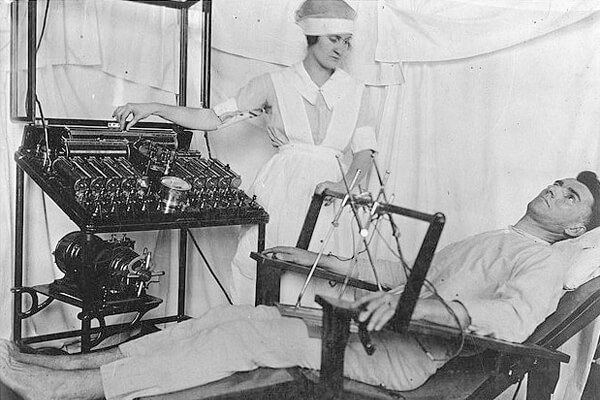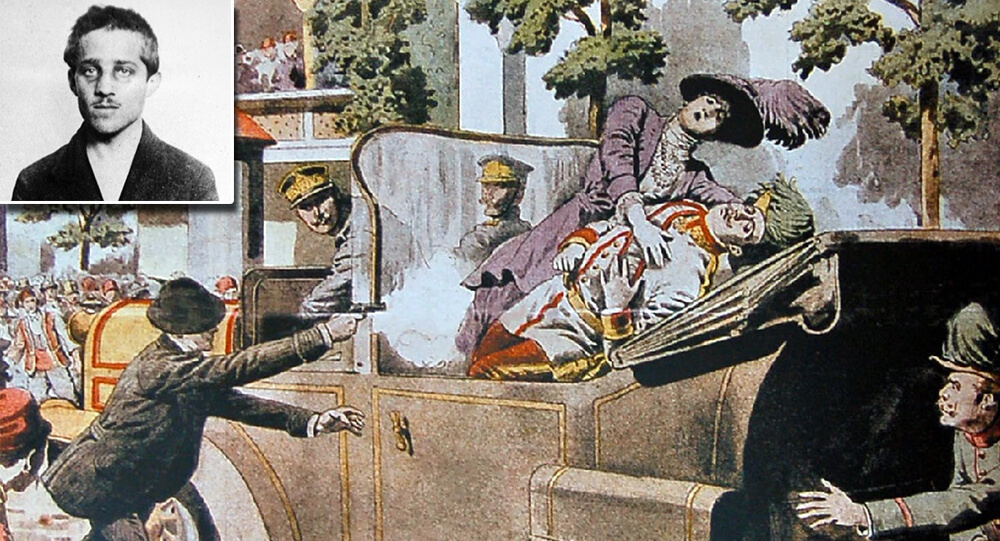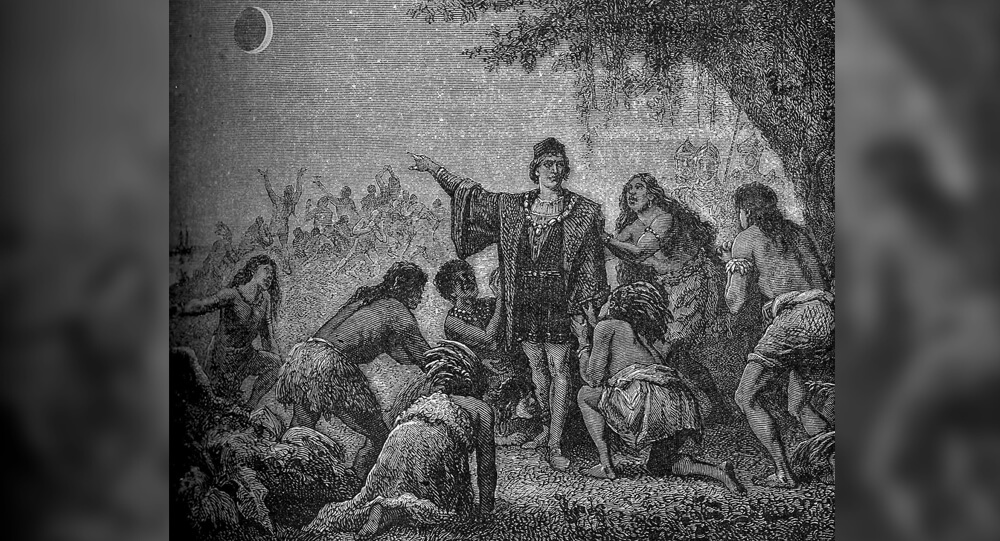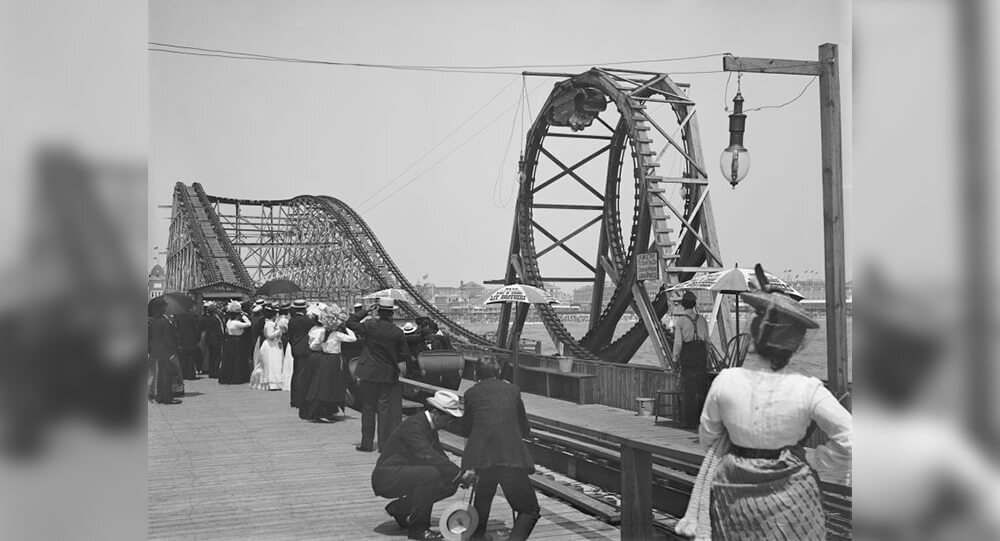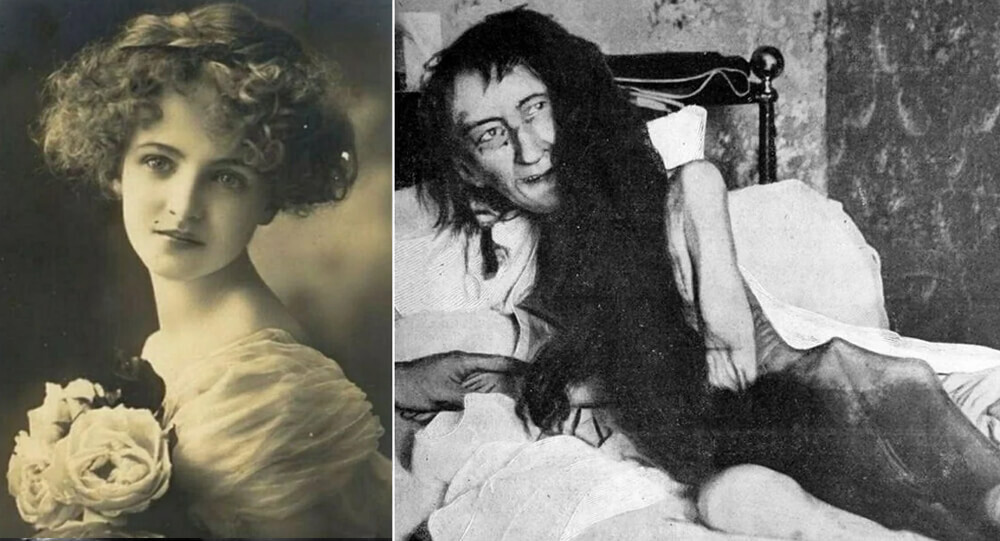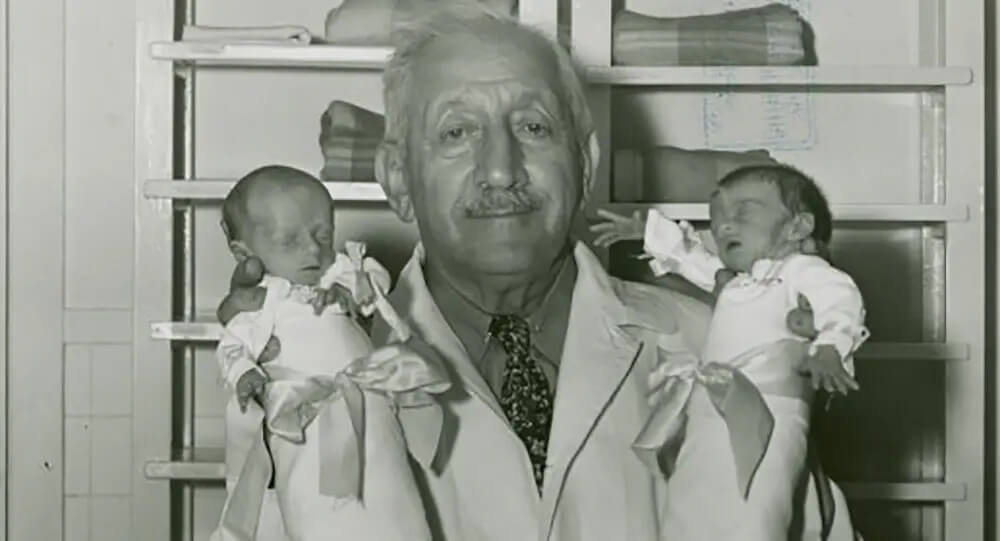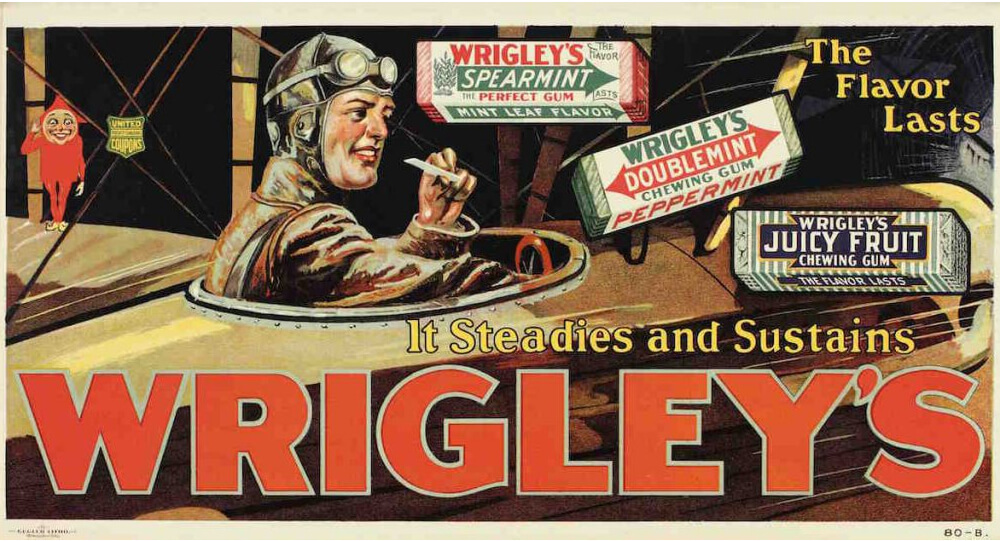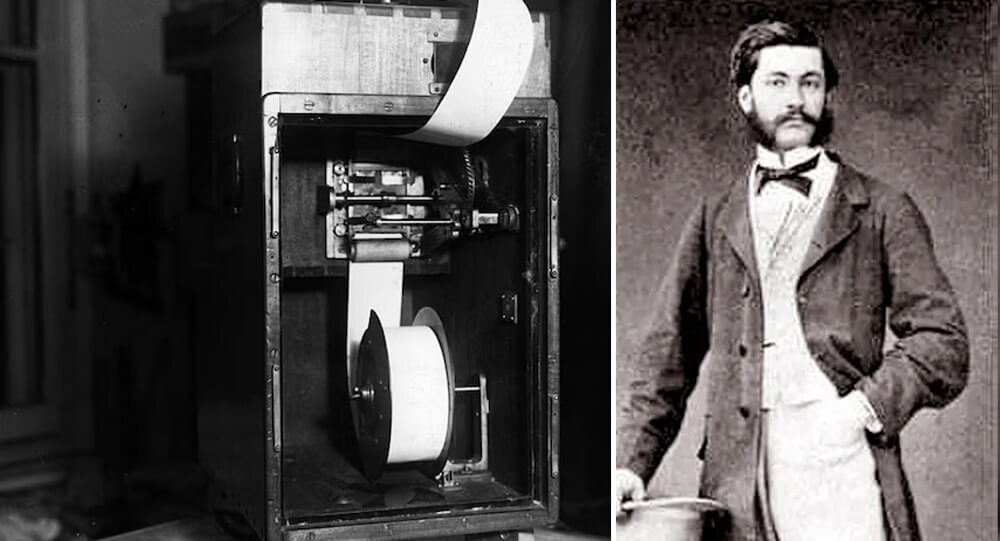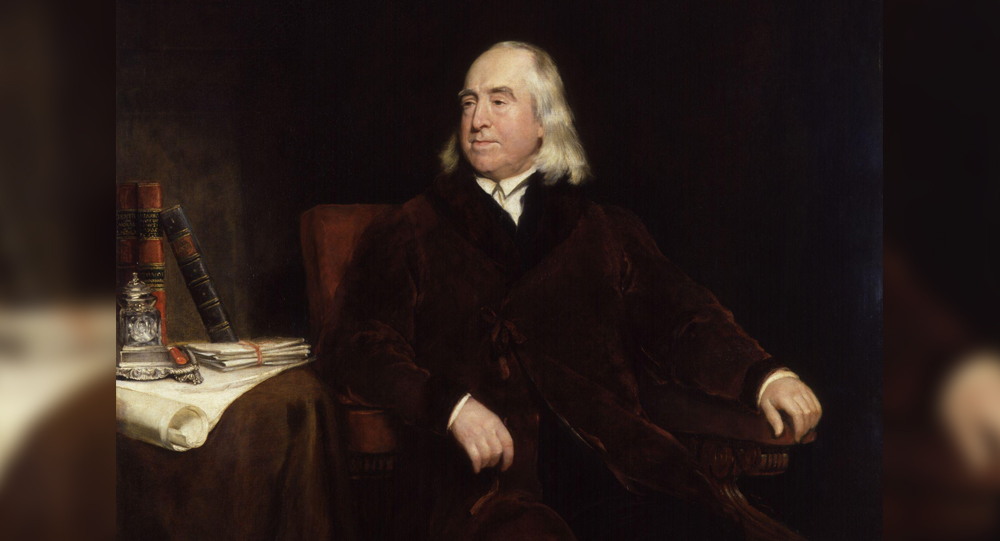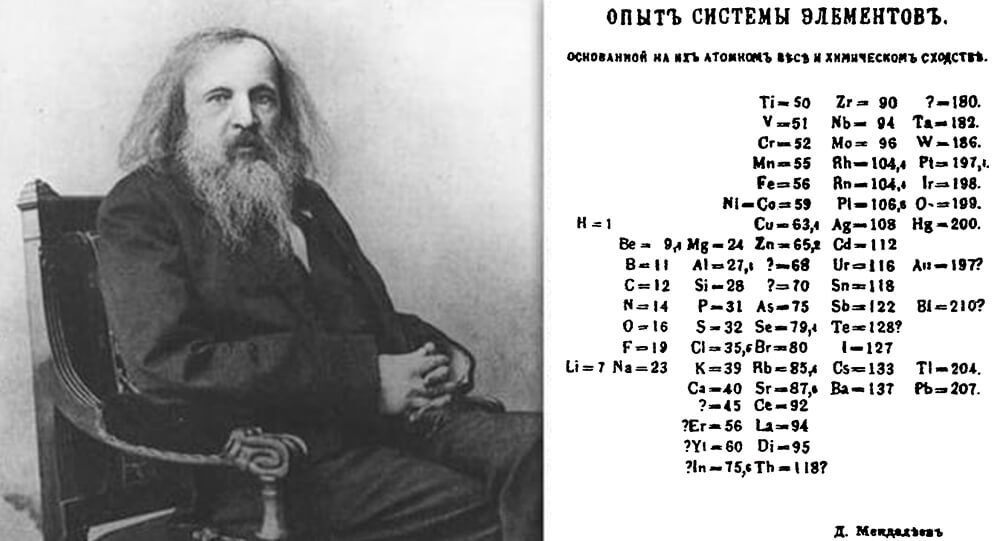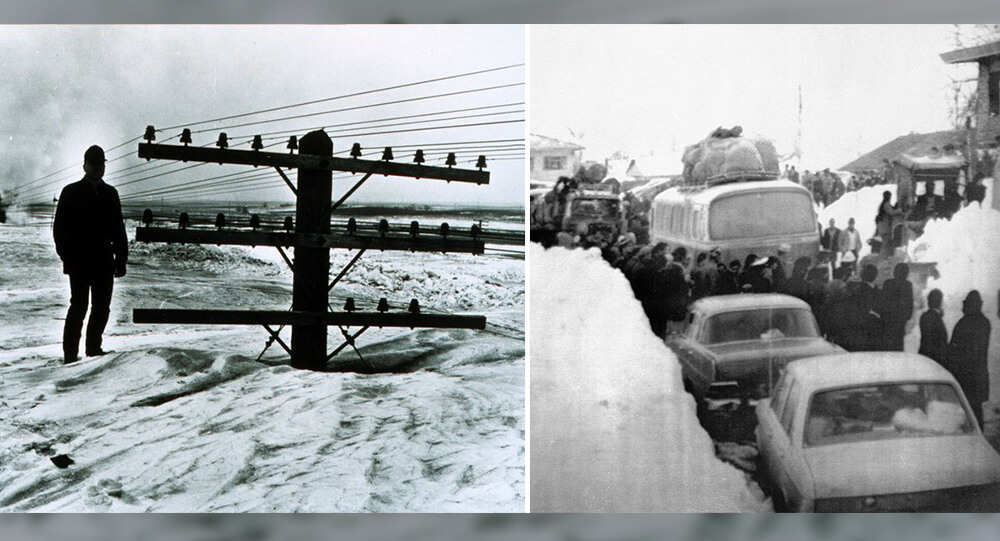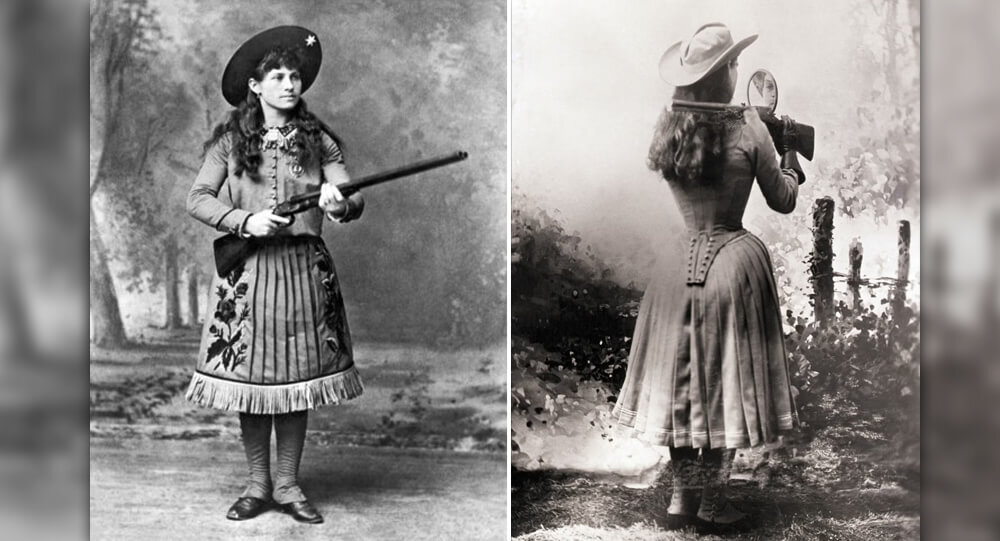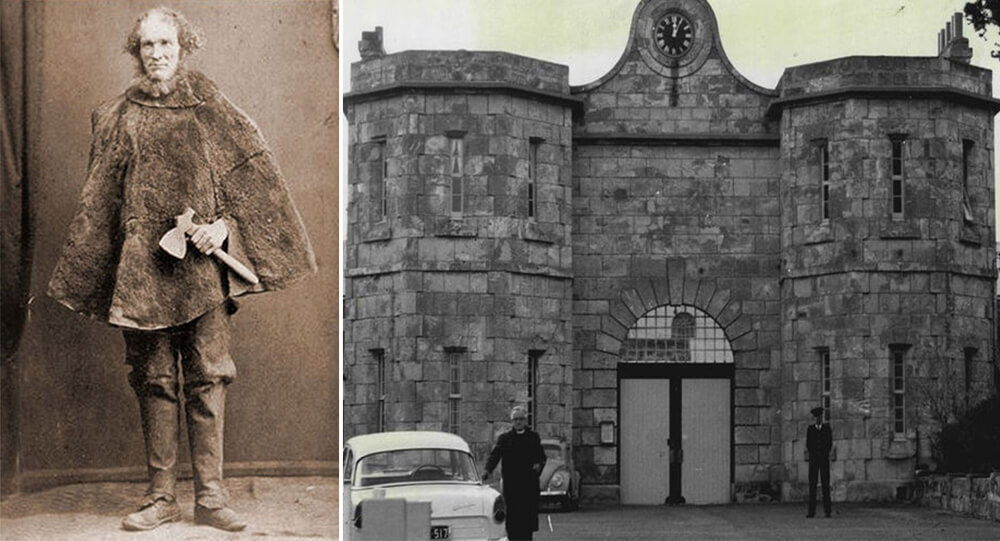

Moondyne Joe: The story of Australia's most notorious prison escapee
When Joseph Johns was arrested by police after his fourth attempted escape, Fremantle Prison authorities are doing everything they can to keep him locked up.
He was imprisoned in a stone-walled cell with jarrah sleepers, and he was only allowed out to break rocks in the prison yard under strict supervision.
“If you get out again, I’ll forgive you,” Western Australia’s governor John Hampton told Johns mockingly.
And yet, Johns did, for the fifth time, escape from prison.
This is the story of Australia’s most prolific prison escapee.
Joseph Johns wasn’t very good at crime for a career criminal.
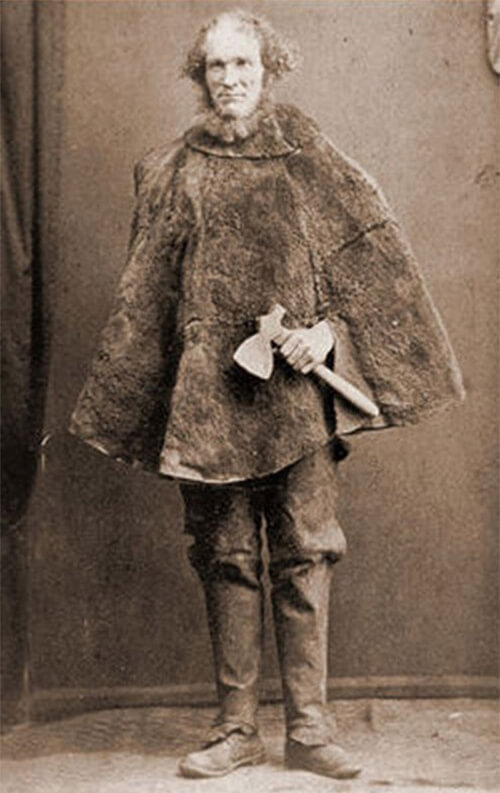
The British national was arrested by police in 1848 after stealing three loaves of bread, several kinds of cheese, and some bacon from a home in Chepstow, Wales.
Three months in prison is a typical sentence for such a crime. However, Johns enraged the judge and received a ten-year sentence of penal servitude.
He was transported to Western Australia after four years on a prison hulk and given a ticket of leave upon arrival.
He relocated to Moondyne, a region of the Darling Range known to local Aboriginal tribes as Moondyne, and adopted the alias Moondyne Joe, which he would keep for the rest of his life.
He was granted his ticket of leave in 1853, after five years as a convict, and went to work as a stock trapper.
In 1861, however, Johns was arrested for stealing a horse and a brand new saddle and bridle that belonged to the local magistrate.
He was put in jail for another four years before being released for a short time.
Escape spree
But it was a crime he insisted he was innocent of that set in motion a long career of eluding justice.
He was convicted of killing an ox in 1865 and sentenced to ten years in prison.
Johns escaped after only a week in custody and spent several weeks on the run before being caught.
His sentence was lengthened by another 12 months.
In July of the following year, he tried unsuccessfully to flee, only to return a month later.
Johns was caught quickly and sentenced to another five years in prison, including two years of hard labor.
‘If you get out again, I’ll forgive you’
Authorities in Western Australia were extremely focused on preventing him from escaping again.
He was placed in a specially constructed cell that was so heavily reinforced that escape was thought to be impossible.
He was kept chained to a ring on the floor while in the cell.
He wasn’t even allowed to leave Fremantle Prison for his daily exercise. He was instead given a pile of rocks and a sledgehammer, with the expectation that he would crush them into smaller stones.
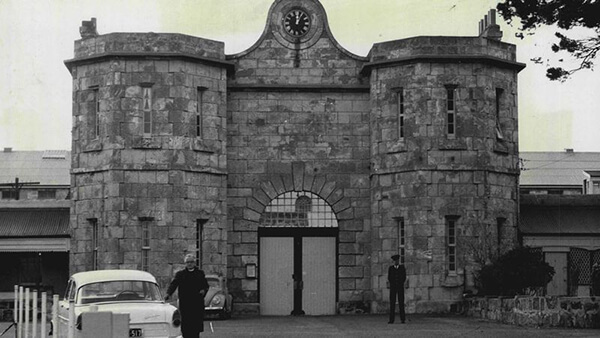
Governor John Hampton was so sure of himself that he told Johns, “If you get out again, I’ll forgive you.”
So, every day, he would break rocks in the prison’s backyard, with his back to the high walls, under the watchful eye of guards.
Then one day, at 5 p.m., Johns vanished.
The escape
It was a brilliantly brazen and straightforward escape.
The pile of rocks Johns had been hammering had grown to a significant height over the course of a few days.
So much so that Johns was largely obscured by the pile from a certain angle.
Johns would stop hammering at the rocks and start hammering at the prison wall when the guards weren’t looking.
And he made a big enough hole to slip through at some point during the day.
He then proceeded to walk through the adjacent superintendent’s house, through an unlocked side gate, and into the nearby bushland.
A simple dummy made by Johns had fooled the guards.
He stood his hammer upright and fashioned a pair of shoulders out of umbrella wire. He then donned his own jacket and cap on the dummy.
It works well as a decoy from a distance.
It would take two years for him to be apprehended.
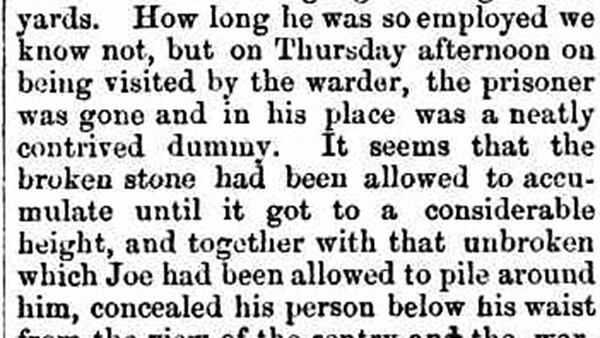
Months in irons
He was caught after two years on the run due to bad luck.
In February 1869, he broke into a Swan Valley winery. Unknown to him, police were on the lookout for a drowned man nearby.
Before being caught, Johns ran into the arms of surprised police officers while fleeing from the winery’s owner.
He served another four years in prison, the majority of which was spent in chains.
His final attempt to flee was destroyed when he was caught making a key and file in a carpentry workshop. He threw the evidence over the prison wall when he was caught.
Charges against him had to be dropped when the key and file could not be found on the other side.
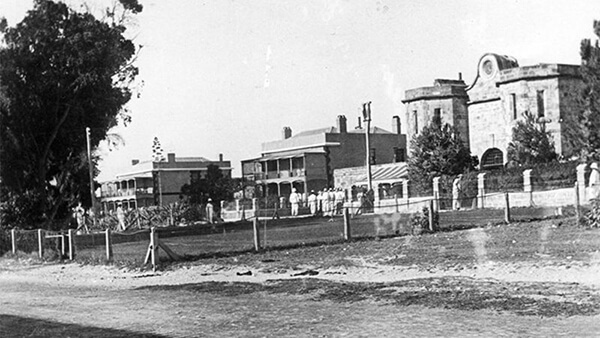
Final freedom
In 1873, Johns was granted his freedom, and he married a woman half his age and settled in Perth.
He was discovered wandering the streets as an elderly man in 1900, and was deemed “of unsound mind.”
He was committed to a medical facility for treatment.
The institution was housed in the same building as a former convict depot, where he had been imprisoned when he was younger.
Despite having dementia, Johns managed to flee the institution three times before being arrested and imprisoned in Fremantle Prison for evading legal custody.
He died in a Fremantle asylum later that year.

The Amazing Truth About The German U-Boat That Was Sunk By A Toilet
During WWII, a German captain and an engineer flushed the submarine's high-tech toilet incorrectly, causing the vessel to rapidly fill with water. British planes patrolling the sea attacked them as the submarine was brought to the surface. While many members of the crew were killed in the attack, the captain escaped!

Keith Sapsford: The Story of 14-Year-Old Stowaway
The final image of 14-year-old Australian Keith Sapsford, who aspired to travel the world. In February 1970, he sneaked into the wheel-well of a plane flying from Sydney to Tokyo. It opened mid-air & fell out. When a photographer was testing a new lens, he captured this moment on film and was surprised when it developed.

Top 10 most cruel medical procedures that are being used today
We are all aware that medicine has advanced dramatically over the last fifty years. There are several modern medical approaches available today, but this was not always the case. However, the past of medicine is a dark one. Medical leeches, lobotomy, vascular surgery, cranial stenosis, and even electroshock therapy are all options. These are only a couple of the cruel healing techniques that are still in use today.

Franz Ferdinand’s Assassination that sparked World War I
Archduke Franz Ferdinand of Austria and his wife Sophie are shot to death by a Bosnian Serb nationalist during an official visit to the Bosnian capital of Sarajevo on June 28, 1914. The killings sparked a chain of events that led to the eruption of World War I by early August.

How a Total Lunar Eclipse Saved Christopher Columbus in 1504
In 1504, Christopher Columbus was stranded in Jamaica with natives who refused to give him food. But he knew the date and time of an upcoming lunar eclipse. So he told the natives that his gods were angry at their treatment of him, and would provide a clear sign. Once the eclipse started, the natives raced to give him food and begged for mercy.

The Day an Israeli F-15 Landed with One Wing: Zivi Nedivi’s Unbelievable Mid-Air Survival
Discover the astonishing true story of Israeli pilot Zivi Nedivi, who safely landed an F-15 after a mid-air collision tore off its entire right wing. Learn how skill, quick thinking, and the F-15’s unique design turned a disaster into a legendary feat in aviation history

Roller Coasters were First Invented to Distract People from sin
Roller coasters were invented to distract Americans from sin. In the 1880s, hosiery businessman LaMarcus Thompson didn’t like that Americans were going to places like saloons and brothels and created the first roller coaster on Coney Island to persuade them to go there instead.

Blanche Monnier: Imprisoned For 25 Years For Falling in Love
Blanche Monnier, she was a French woman noted for her beauty, she wished to marry an old lawyer that her mother disapproved of, so she locked her in a small dark room in her attic for 25 years.

Martin Couney, Saved Thousands of Premature Babies Wasn’t a Doctor at All
Martin Couney never qualified as a medical doctor. However, in the 1900s, he saved thousands of premature babies by exhibiting them in incubators at his Coney Island sideshow. Over the course of his career, he is said to have saved about 6,500 babies that had previously been written off by mainstream medicine.

Sylvan Goldman: The Visionary Who Revolutionized Shopping with the Cart
The inventor of shopping carts, Sylvan Goldman, had to hire several male and female models to push carts around in his store, demonstrate their utility, and explain their use to other customers, due to not catching on initially.

What is the story behind Wrigley chewing gum?
Wrigley's was originally a soap company that gifted baking powder with their soap. The baking powder became more popular than the soap so they switched to selling baking powder with chewing gum as a gift. The gum became more popular than the baking powder so the company switched to selling gum.

Ea-Nasir: world's oldest written customer complaint
This clay tablet, written in cuneiform, is the oldest known written customer complaint about the delivery of poor quality copper ingots. Originally from ancient Babylon, the tablet dates back to 1750 BCE, and it was written by a customer named Nanni to a merchant named Ea-Nasir. It is currently housed in the British Museum.

The history of Flour sack clothing fashion
After Kansas mill owners found women reused flour sack materials into apparel in the 1920s and 1930s, they started applying patterned designs to give families with more fashionable patterns and material.

The Littlest Skyscraper: How J.D. McMahon’s 480-Inch Con Fooled Investors in 1919
In 1919, J.D. McMahon convinced investors to fund a 480-foot skyscraper, but he labeled the plans as 480 inches, building a 40-foot structure instead. After taking $200,000, he won in court since the plans matched what he built.

Titanoboa cerrejonensis, fossils of the world’s largest species of snake
In 2009 in a coal mine of Columbia, scientists discovered fossils of the world’s largest species of snake. The species is called “Titanoboa cerrejonensis,“and it is from around 60 million years ago. It would have had measured about 48 feet long and weighed about 2,500 pounds

Louis Le Prince Invented the motion picture camera, and then he mysteriously disappeared
Louis Le Prince, the inventor of motion pictures, vanished without a trace in 1890. Thomas Edison quickly claimed the title of "first and sole inventor of cinema," even taking Le Prince's son to court to dispute it. A few years later, the son also dies under mysterious circumstances.

Irena Sendler: woman who rescued Jews during holocaust
Irene Sendler was the Zegota resistance group's head of the children's department. She risked her life to smuggle children out of the Warsaw ghetto, place them with Polish families or orphanages, give each child a new identity, and keep records so that they could be returned to their families. In 1943, the Gestapo arrested and sentenced her to death, but she was rescued by Zegota.

The Horrific story of Ariel Castro and the Cleveland abduction
Cleveland abduction victims Gina DeJesus, Michelle Knight, and Amanda Berry were forced to live in Ariel Castro's house of horrors for 10 years. He raped and beat them until they escaped in 2013.

How 18th Century Women’s Rights Movements Shaped Modern Equality
The 18th century marked a turning point in the quest for women’s rights, as passionate voices challenged centuries of gender inequality and laid the groundwork for modern feminism. From pioneers like Mary Wollstonecraft to revolutionary declarations and early advocacy, this era sparked debates on education, political participation, and social justice that continue to resonate today. Journey through the origins of women’s rights movements and discover how their bold ideas shaped the fight for equality.

How Dmitri Mendeleev Developed the periodic table of the elements
1850 Dmitri Mendeleev walked almost a thousand miles to Moscow so he could apply for the University of Moscow. Although he was not accepted, he walked to St. Petersburg where he was accepted, And with that education, he developed the the periodic table of the elements

Nordlingen, The Town Inside A Meteorite Crater With Millions Of Meteorite Diamonds
The German town of Nördlingen is embedded with 72,000 tons of microscopic diamonds. About 15 million years ago, a meteorite hit this region, and the impact created a massive depression and formed rocks containing diamonds, glass, and crystals. The town was built in the impact crater sometime around 898 CE.

Top 10 Greatest and shocking Archaeological Discoveries of All Time
While we're all locked at home, there's no better way to escape to another time and place than to learn about amazing archeological sites and discoveries from around the world. Here are the 10 greatest and shocking archaeological discoveries —and don't be shocked if they inspire future trip plans whenever it's safe to do so again.

The Arabia Steamboat: Unearthing a 19th Century Time Capsule from the Missouri River
The Arabia was a steamboat that sank in the Missouri River in 1856. Over time, the river shifted 800 meters to the east, eventually turning the site of the sinking into a field. The steamboat remained under 45 feet of slit and topsoil until 1988, when it was excavated. The mud, as it turned out, was such a great preserver that most of the artifacts on board were found to be intact. They even found jars of preserved apples that were still edible!

The worst blizzard in recorded history: the 1972 Iran blizzard
The deadliest snowstorm ever recorded occurred in Iran in 1972. It lasted for a week, burying areas in 26 feet of snow and killing over 4,000 people, including the entire populations of three villages.

The true story of Annie Oakley, legendary sharpshooter
Anne Oakley was such a good shooter that she could split a playing card help edge-on, hit dimes thrown into the air, shoot cigarette from her husband's lips, and pierce a playing card thrown into the air before it hit the ground.



